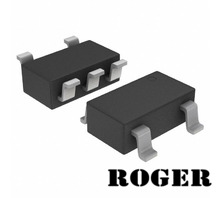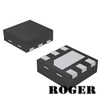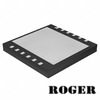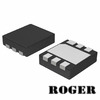
NCP380HSN10AAT1G
- Artikelnummer:
- NCP380HSN10AAT1G
- Hersteller:
- ON Semiconductor
- Beschreibung:
- IC CURRENT LIMIT SWITCH 5-TSOP
- RoHS-Status:
- Bleifrei / RoHS-konform
- Menge auf Lager:
- 57569 Pieces
- Lieferzeit:
- 1-2 days (We have stocks to ship now)
- Produktionszeit:
- 4-8 weeks
- Datenblatt:
- NCP380HSN10AAT1G.pdf
Einführung
We can supply NCP380HSN10AAT1G, use the request quote form to request NCP380HSN10AAT1G pirce and lead time.XXX.com a professional electronic components distributor. With 3+ Million line items of available electronic components can ship in short lead-time, over 250 thousand part numbers of electronic components in stock for immediately delivery, which may include part number NCP380HSN10AAT1G.The price and lead time for NCP380HSN10AAT1G depending on the quantity required, availability and warehouse location.Contact us today and our sales representative will provide you price and delivery on Part# NCP380HSN10AAT1G.We look forward to working with you to establish long-term relations of cooperation
Spezifikation
| Interne Teilenummer | RO-NCP380HSN10AAT1G |
|---|---|
| Bedingung | Original New |
| Herkunftsland | Contact us |
| Top-Markierung | email us |
| Ersatz | See datasheet |
| Spannung - Versorgung (Vcc / Vdd): | Not Required |
| Spannung - Last: | 2.5 V ~ 5.5 V |
| Schaltertyp: | General Purpose |
| Supplier Device-Gehäuse: | 5-TSOP |
| Serie: | - |
| Rds On (Typ): | 70 mOhm |
| Verhältnis - Eingang: Ausgang: | 1:1 |
| Verpackung: | Cut Tape (CT) |
| Verpackung / Gehäuse: | SOT-23-5 Thin, TSOT-23-5 |
| Ausgabetyp: | P-Channel |
| Ausgangskonfiguration: | High Side |
| Andere Namen: | NCP380HSN10AAT1GOSCT |
| Betriebstemperatur: | -40°C ~ 125°C (TJ) |
| Anzahl der Ausgänge: | 1 |
| Feuchtigkeitsempfindlichkeitsniveau (MSL): | 1 (Unlimited) |
| Hersteller Standard Vorlaufzeit: | 10 Weeks |
| Bleifreier Status / RoHS-Status: | Lead free / RoHS Compliant |
| Schnittstelle: | On/Off |
| Eingabetyp: | Non-Inverting |
| Eigenschaften: | Slew Rate Controlled, Status Flag |
| Fehlerschutz: | Current Limiting (Fixed), UVLO |
| Strom - Ausgabe (max): | 1A |
| Basisteilenummer: | NCP380 |
| Email: | [email protected] |
läst Nachrichten
- Onsemi startete die weltweit erste Mautverpackung 650 V Silicon Carbide MOSFET
- Das Motor Development Kit von ON Semiconductor konzentriert sich zunächst auf die Energieeffizienz
- Die Lidar-Plattform des ON Semiconductor-Silizium-Photovervielfachers (SiPM) mit direkter Flugzeit (dToF) bietet vorgefertigte Designs für industrielle Anwendungen
- ON Semiconductor und Theta Power Systems International gehen eine Partnerschaft für Motorsteuerungsanwendungen ein
- ON Semiconductor ernennt Hassane El-Khoury zum Nachfolger des CEO (CEO)




